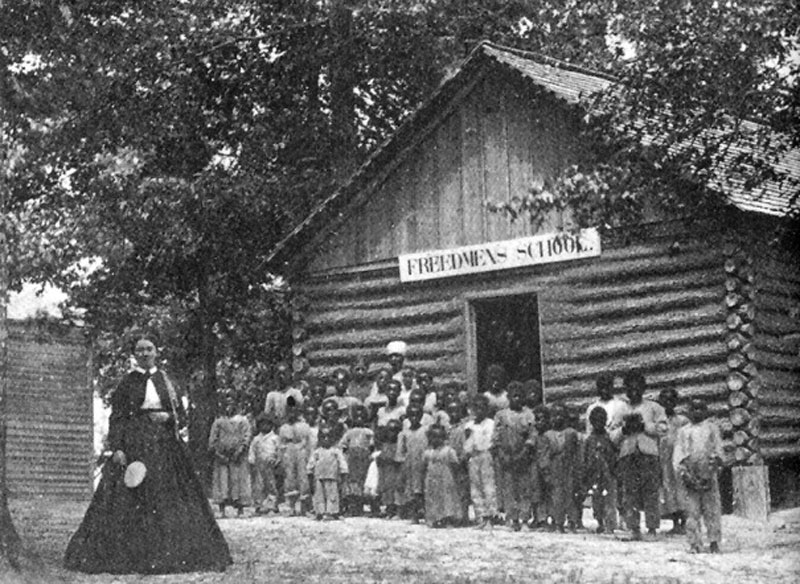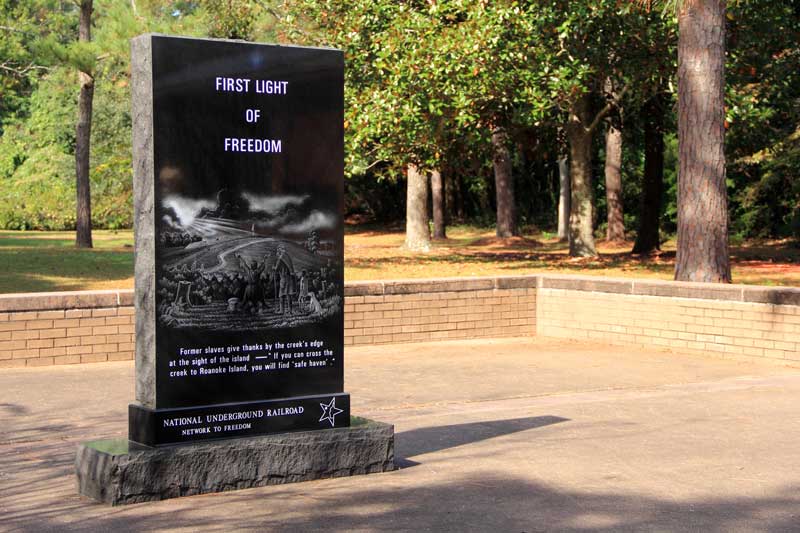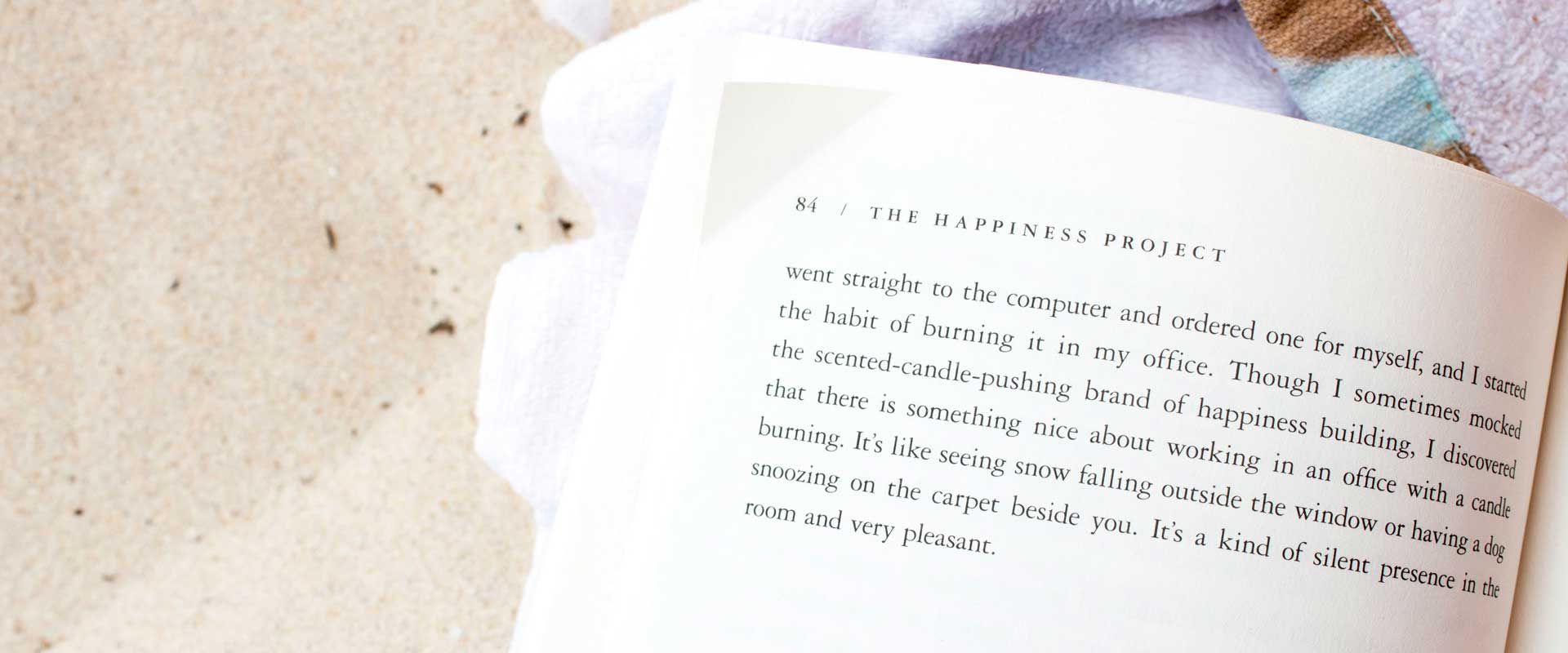The Outer Banks is full of rich history there’s no doubt. Everyone knows about the Wright Brothers and the Lost Colony, but did you know about one of the first, functional communities of former enslaved people? The Freedmen’s Colony of Roanoke Island called the Outer Banks home and is a crucial part of Outer Banks history!
The Outer Banks and the Civil War
Roanoke Island was a large part of the Civil War with battles happening right here on Outer Banks soil. In February of 1862, Brigade General Ambrose Burnside and his Union forces overran Confederate barricades on Roanoke Island. This allowed the Union to control waterways but also left them with a big question; what were they supposed to do with the slaves who had been sent to help the Confederates build the very barricades they just overran? The slaves were later labeled as “contraband of war”; property. During this time, men were able to work for the military while women cooked and washed for soldiers.
The Start of the Freedmen’s Colony
After the battle of Roanoke in February of 1862, hundreds of former enslaved people from the middle of the state came to Roanoke Island for a safe haven. Soon, there were more than 1,000 escaped slaves on Roanoke Island. The Emancipation Proclamation was signed on January 1st, 1863; freeing slaves in Confederate states. After the Emancipation Proclamation was signed, in April 1863, the Freedmen’s Colony was established on Roanoke Island. The Freedmen’s Colony allowed the formerly enslaved to be paid for jobs such as cooks, longshoremen, carpenters, and more. Adults and children alike also had access to education freely for the first time ever. By January of 1864, more than 2,700 black residents lived on Roanoke Island as a part of the Freedmen’s Colony.
The Freedmen’s Colony Today
The Freedmen’s Colony was disbanded In 1867. However, in 1868, 11 former Freedmen colonists purchased 200 acres of land on Roanoke Island. Descendants of the colony are still around even today and still live on the very land their descendants purchased years ago. The Freedmen’s Colony was and still is a bright spot in the midst of a dark time in American History.
(Sources from The National Park Service and OBX Today)














